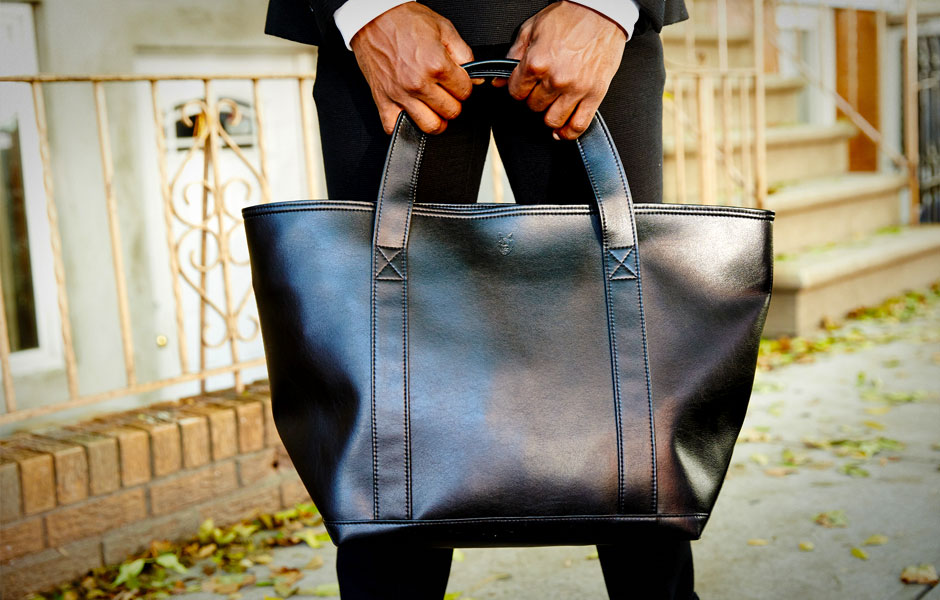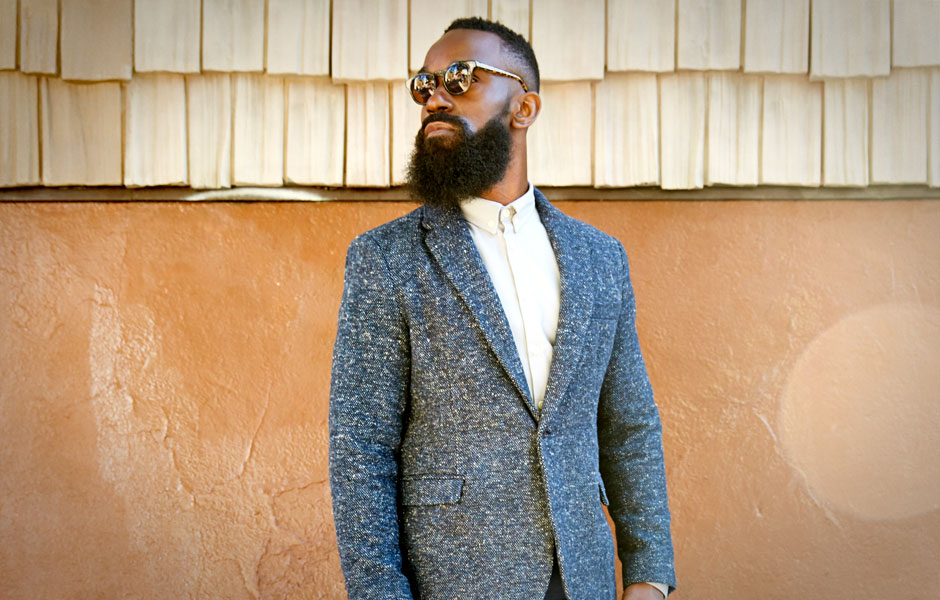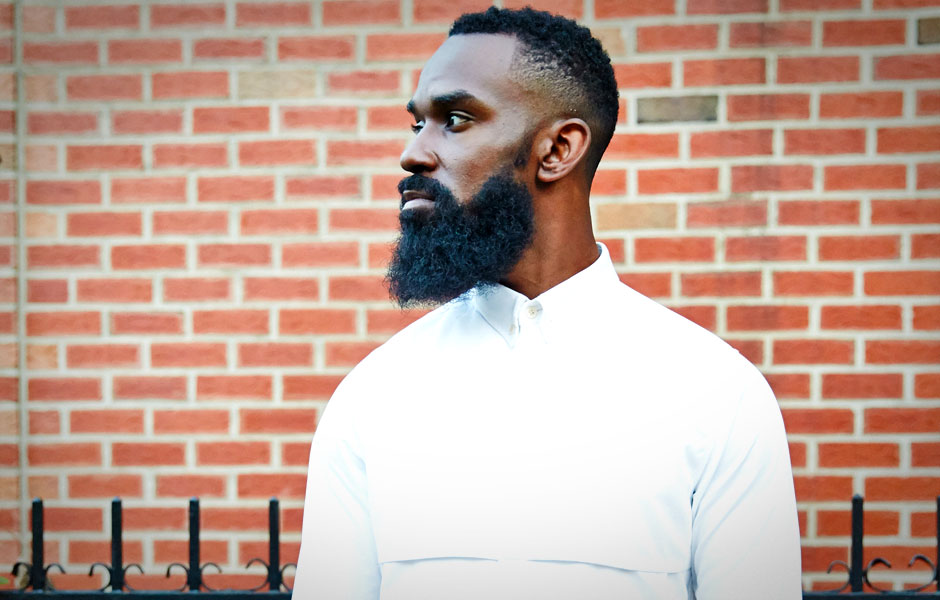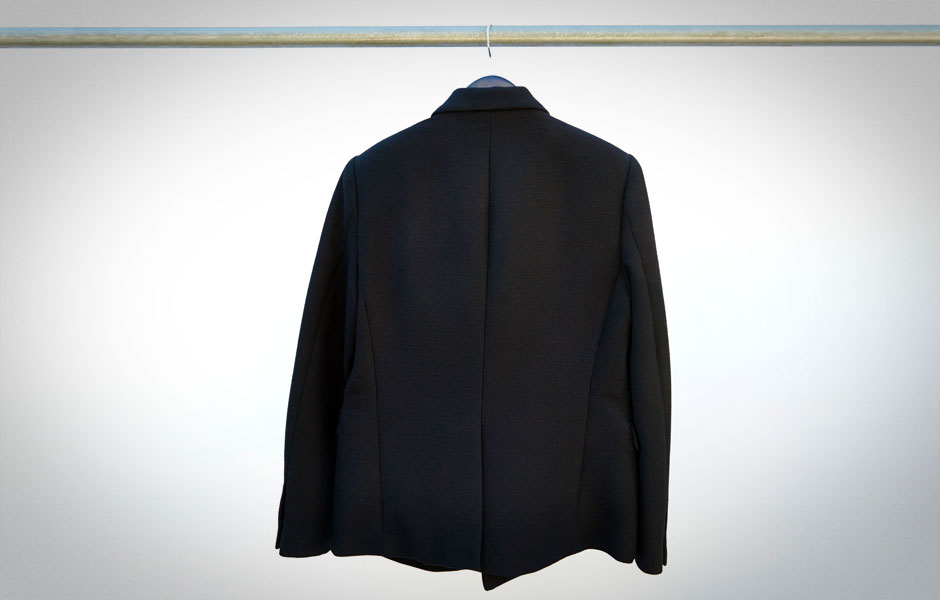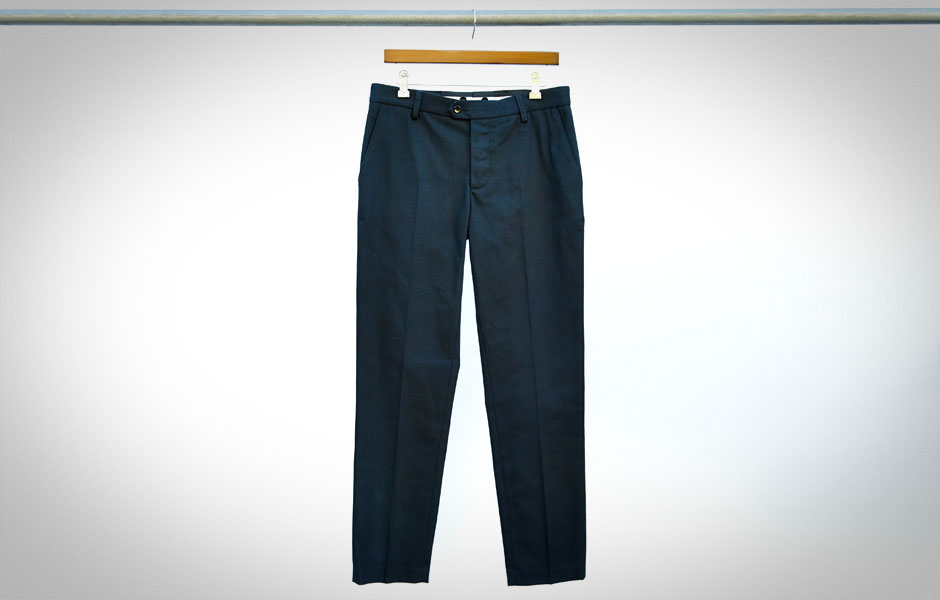- 1. Brave GentleMan
- 2. Brave GentleMan
- 3. Brave GentleMan
- 4. Brave GentleMan
- 5. Brave GentleMan
- 6. Brave GentleMan
At approximately 150 square feet and physically attached to a vegan specialty market, the new Brave GentleMan flagship store in Williamsburg, Brooklyn is not your typical fashion boutique. But that’s all the more appropriate considering that this five-year-old menswear label is hardly run-of-the-mill. Founded and run by Joshua Katcher, the brand offers classic and fashionable menswear, including shoes and accessories, that are 100% vegan, sustainable and ethically produced yet don’t have even the slightest whiff of stereotypical crunchy granola. Brave GentleMan’s stylish tweed suits are made with fabric created from diverted waste cotton and polyester, its trendy felted hats with material harvested from recycled plastic bottles and the brand’s fantastic looking boots employ an Italian microfiber that looks like but performs even better than animal leather. This past weekend I visited the new store, which opened in late September and will be hosting a special shopping event on November 21 from 6 p.m. to 9 p.m., to find out from Katcher why he decided to open a physical shop on top of his successful web business.
What is the background of Brave GentleMan?
I started my online store in 2010 and that emerged from my blog, TheDiscerningBrute.com. The blog was a way for me to start researching and talking about menswear from this new emerging trend of transparency and putting value into the brand story that was more about the honest story of how things are made versus a marketed story. I found that there was a real void in the market; there really wasn’t very much out there, especially when it came to good quality classic cuts and classic shoes. So I saw an opening and an opportunity to do something. I first started with shoes and then expanded into suiting. I’m vegan and for me finding a vegan suit was impossible because everything was wool or horsehair lined canvasing or silk or with horn buttons. When you think about a traditional men’s suit, it is made from nothing but animal products. So I wanted to make a high-quality, gorgeous and both vegan and sustainable luxury men’s suit and it took me about three years of r&d to finally do it. It was a real challenge.
How would you describe the brand?
For me the brand is very much about the materials that we use and the story of those materials. I have become an expert in that field because no one else is doing it. What I think it’s showing is that it is possible to have uncompromising menswear where you can have these ethical standards and you can end up with beautiful clothing.
How much of the appeal to your customer is the ethical aspect versus the fact that it really is beautiful clothing?
I think it’s 50/50. We have a lot of customers who don’t even necessarily know what we’re doing is sustainable and ethical fashion. They just like the design. That’s my goal: Lead first with design and then the icing on the cake is that it is made ethically. There’s no better argument for sustainable fashion than well designed fashion. You could have the best argument on paper but if your design sucks it doesn’t matter.
Why open a physical store now?
I wanted to open a brick-and-mortar because I feel like we have gone through the trial period of our brand. I really see our brand as being very experimental and it has been difficult to communicate to how to present and talk about these products. For now I think it is very important to have our flagship here and have our online presence and grow organically. We are pursuing a slow fashion model similar to the slow food movement. I think having a store is giving us the opportunity for customers to come in and talk to us and interact. Shoes sell well online but with suiting, people want to try stuff on and they want to feel the materials. That’s why it was also important to have a store–for customer satisfaction.
Who are your customers?
It is a pretty diverse cross section. We have people who just like good menswear, we have people that are specifically looking for ethical and sustainable and vegan fashion and we have women who like menswear. We have a pretty wide age range.
Describe the current collection.
For autumn we went with a little bit of monotone with lots of grays, browns and burgundies. We try to stay seasonably appropriate and we are not into logos or heavy branding. It’s pretty standard, classic stuff and I think that allows the person who wears it to be the centerpiece.
Why all the old pictures on the walls?
All the photos are my family, going back as far as the mid 1800s and a lot of my family is from New York. And my great grandparents were glovemakers in Gloversville, N.Y. I didn’t find that out until I started looking into making gloves in Gloversville. We are a made in New York brand as far as our clothing goes but at least for me heritage is a very important aspect. I feel like connecting this to my New York heritage allows people to feel the authenticity behind it. And all of the wood shelving was part of a water tower that was taken down in Alaska. So we reclaimed a lot of that wood to use. I’m really trying to bring a story to everything.
The space is unusual in that you share it with Haymaker’s Corner Store…
We are connected in the level of product that they are selling. They specialize in high-end, hard-to-find vegan and organic products so it felt natural to be attached in that way. There’s a synergy there: Food and fashion go together well since they are both about indulging and in this case I think indulging conscientiously raises the level of enjoyment when you can enjoy something and also realize that you are supporting something worthwhile.
